
The bald eagle. The humpback whale. The dusky gopher frog.
These animals stand among the nearly 300 creatures great and small saved from extinction thanks to a half-century of protection by the Endangered Species Act.
Widely regarded by legal experts as one of the world’s most powerful statutes for protection of wildlife and ecosystems, the Nixon-era act has halted the decline of hundreds of species along with protecting their habitats.
“We would be in a much, much worse place if America had not made the commitment that it did back in 1973 to protect and conserve our biodiversity heritage for current and future generations,” says Jason Rylander, the legal director at the Climate Law Institute at the Center for Biological Diversity.
A decade after Rachel Carson’s landmark 1962 book Silent Spring, the population of America’s symbolic bald eagles was faltering. Congress recognized that the current statutes were not strong enough to deal with the burgeoning extinction crisis and the rapid loss and degradation of habitat, says Eric Glitzenstein, the Center for Biological Diversity’s litigation director.
National regulation was needed, and bipartisan support pushed the act through the House and Senate.
Much of the act’s protection stems from its expansive—and sometimes controversial—citizens’ supervision, says Glitzenstein, who is also a lecturer at Harvard Law School. “Congress’ decision to establish a very strong citizen-proof supervision has been essential to the ability of nonprofit organizations, scientists and others to try to enforce the statute,” he adds. “Enforcement wasn’t simply left up to the discretion or the whims of politicians or agency people.”
"The stakes are so high." —Delcianna Winders
Since its enactment more than 50 years ago, lawyers representing groups ranging from conservation organizations to loggers have challenged the law, testing it with suits when public or private interests clashed with the act’s protection of specific species.
Meanwhile, the unified political support that led to the act has vanished. Rules issued during President Donald Trump’s administration, including one that allows agencies to consider the economic impact of declaring a species threatened or endangered, weakened the act. President Joe Biden’s administration, however, is considering updates.
New challenges are emerging as the planet faces climate change, experts say.
“Will climate change result in a shift in essential habitats? Will we be able to designate critical habitat which is currently unoccupied?” Glitzenstein says.
“The stakes are so high,” says Delcianna Winders, an associate professor of law and director of the Animal Law and Policy Institute at the Vermont Law and Graduate School. “When there is uncertainty, we should err on the side of caution.”
The following pages highlight nine significant cases that tested the act and shaped its ongoing impact, according to experts contacted by the ABA Journal.
When a little fish threatened to stop a big dam, the act met its first major legal challenge.
The Tennessee Valley Authority, the largest U.S. public power company, aimed to build the Tellico Dam with public funds to transform the Little Tennessee River into a 30-mile reservoir. But during construction, scientists learned the river was home to the endangered snail darter fish, a 3-inch freshwater fish with four dark bands on its light brown body. The project threatened to destroy the member of the perch family’s critical habitat.
Conservationists sued to stop the dam’s construction. The U.S. District Court for the Eastern District of Tennessee found that congressional funding for the project implied exemption from the act, but the 6th U.S. Circuit Court of Appeals at Cincinnati then reversed and granted an injunction. Tennessee Valley Authority v. Hill then headed to the U.S. Supreme Court.
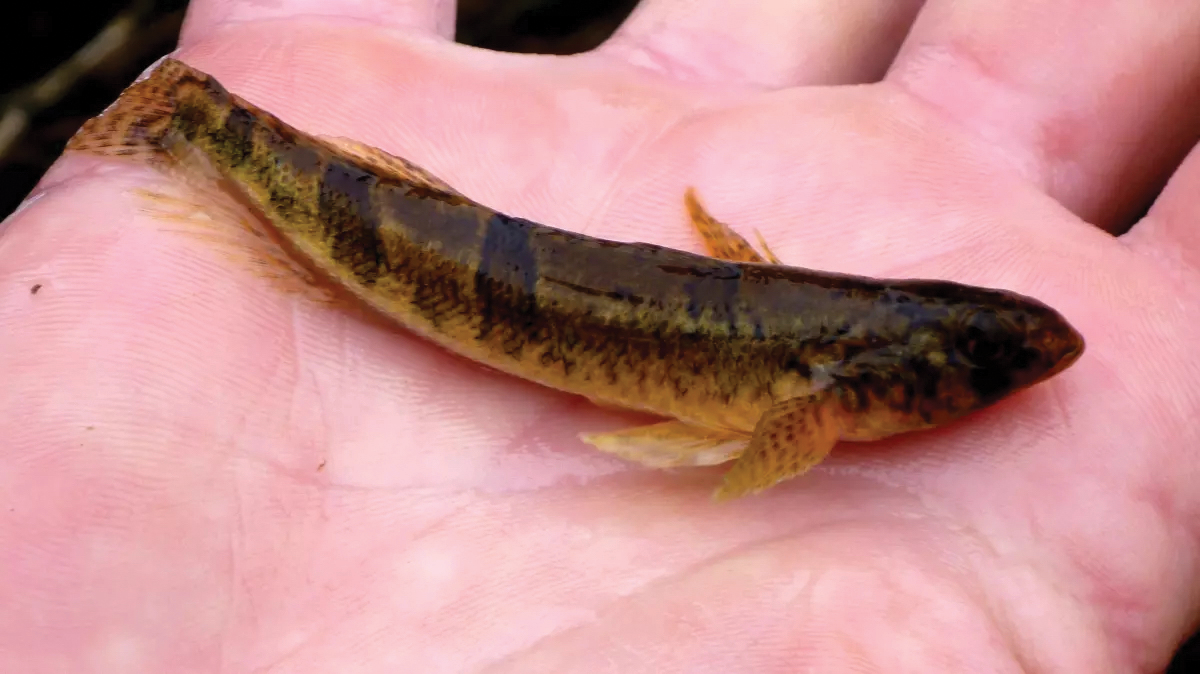
In the decision, Chief Justice Warren Burger wrote that Section 7 of the act and its legislative history stated that an agency shall not allow species to go extinct. The decision established the act as the most far-reaching species preservation law ever enacted by any country, experts say.
“The court took the ESA literally,” says Lawson Fite, a shareholder at Schwabe, Williamson & Wyatt and co-chair of the ABA Section on Environment, Energy and Resources’ Biodiversity Committee. “It gave the ESA teeth.”
After a backlash by powerful economic interests, new amendments to the act followed. Those included the creation of the rarely used “God Squad,” the nickname for the cabinet-level Endangered Species Committee authorized to determine the extinction of a species. The snail darter has recovered and was delisted in 2022.
For decades, the state of Hawaii allowed wild sheep and goats to roam the lands near the inactive Mauna Kea volcano, an area reserved for sport hunters. But the woodland slopes were also the critical habitat of the palila, a yellow-headed, 6-inch-long finch-billed bird that was critically endangered.
Attorneys for the Sierra Club, Audubon Society and other environmental groups represented the bird, which is a member of the Hawaiian honeycreeper family. They stated before the U.S. District Court for the District of Hawaii that the game animals were destroying the woodland slopes necessary for the bird’s survival, a move considered unlawful under the act.
"That was an inflection point." —Patrick Parenteau
Though the court never addressed the bird’s ability to have standing, the bird was named the plaintiff and “has legal status and wings its way into federal court as a plaintiff in its own right,” according to the decision by the San Francisco-based 9th U.S. Circuit Court of Appeals. Ultimately, the court ruled that the state did violate the act.
“That was an inflection point,” says Patrick Parenteau, professor emeritus and senior fellow for climate policy at Vermont Law and Graduate School’s Environmental Law Center. “We now understood that Section 9 of the act applies to everybody—private landowners, public landowners, states, cities, counties, tribes—everybody.”
In 1987, Defenders of Wildlife sued U.S. Secretary of the Interior Manuel Lujan Jr. over concerns that U.S.-funded development projects in Egypt and Sri Lanka could threaten endangered species in those countries, including the Nile crocodile, Asian leopard and Asian elephant.
While the original Endangered Species Act applied to actions by the U.S. government that could affect animals anywhere in the world, the policy was changed in 1986, limiting it to the U.S. and high seas. Defenders of Wildlife sued to restore the old policy.
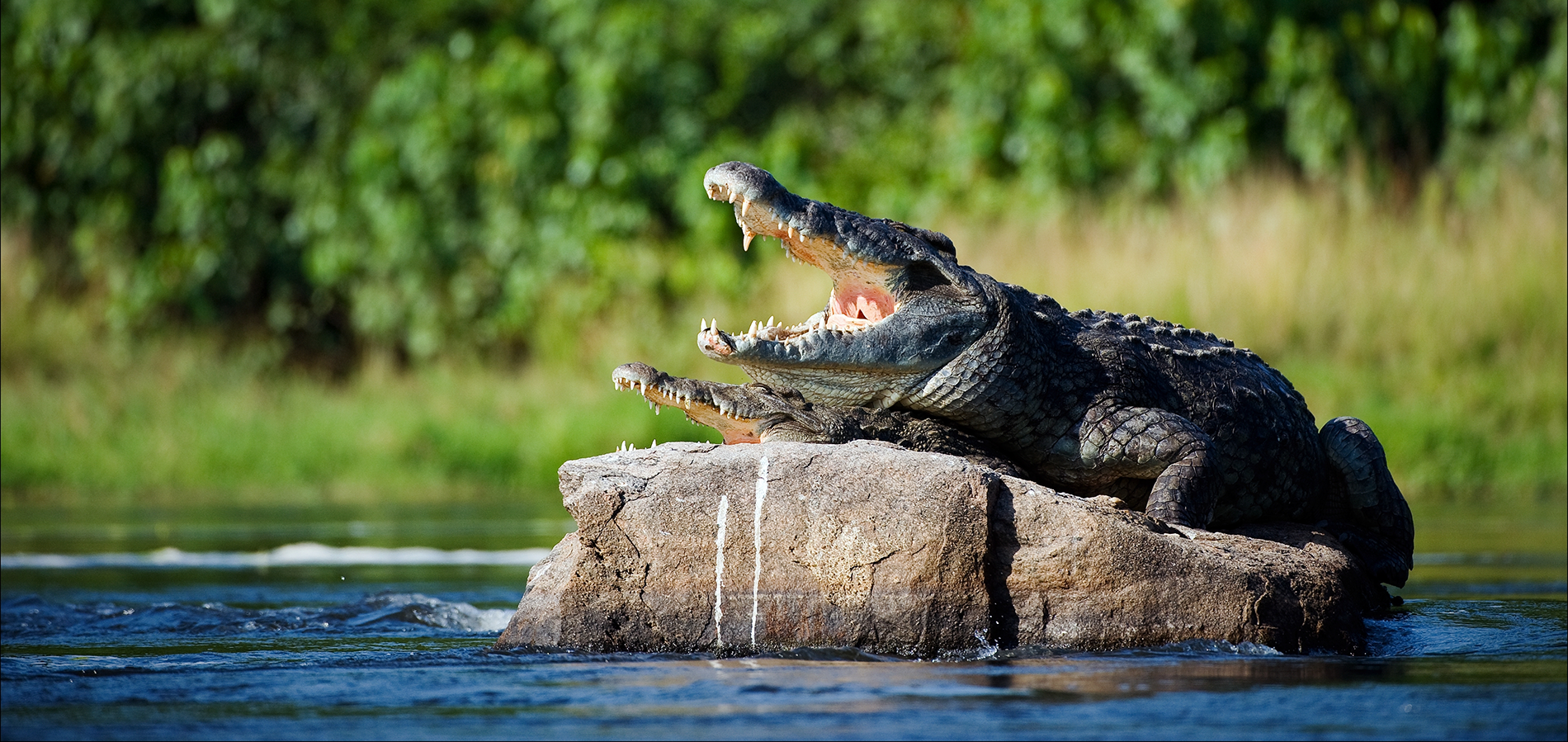
The legal issue that ended up defining this case, however, was not the policy change, but the group’s right to sue. The U.S. District Court for the District of Minnesota dismissed the suit in 1987 for lack of standing, but the St. Louis-based 8th U.S. Circuit Court of Appeals reversed three years later, ultimately landing the case in the Supreme Court.
In this landmark decision, Justice Antonin Scalia effectively narrowed the scope for citizens to bring lawsuits to enforce federal environmental statutes. He wrote that the plaintiffs lacked standing under Article III of the Constitution because their claims were based on speculative environmental harms rather than “actual or imminent invasion of a concrete and particularized interest of the plaintiffs.” He also wrote that to bring such suits, plaintiffs must demonstrate “injury in fact” to have standing.
“These were the early days of restricting standing,” a move that would continue, says Winders, a vice chair of the ABA Tort Trial and Insurance Practice Section’s Animal Law Committee.
Landowners and loggers in Oregon said the demands of protecting the endangered red-cockaded woodpecker and the threatened northern spotted owl because of the act’s regulations caused economic injury by restricting where commercial business could be conducted. They sued then-Secretary of the Interior Bruce Babbitt.
The district court ruled in favor of the interior department, and the U.S. Court of Appeals for the District of Columbia Circuit initially affirmed the judgment. But after granting a rehearing, it reversed, ruling in favor of the Oregon group.
The suit then went before the Supreme Court. The justices closely examined the act’s Section 9, which prohibits actions that could affect or “take” threatened and endangered species.

“‘Take’ includes harm, harass, pursue, capture or kill,” says the Center for Biological Diversity’s Rylander, “and ‘harm’ is the key word that was at issue.”
While the secretary of the interior interpreted the word to mean only killing or injuring an animal, “the court ruled that harm did, in fact, encompass habitat conservation,” adds Rylander. “That reaffirmed that ecosystems and habitat are the key to species conservation.”
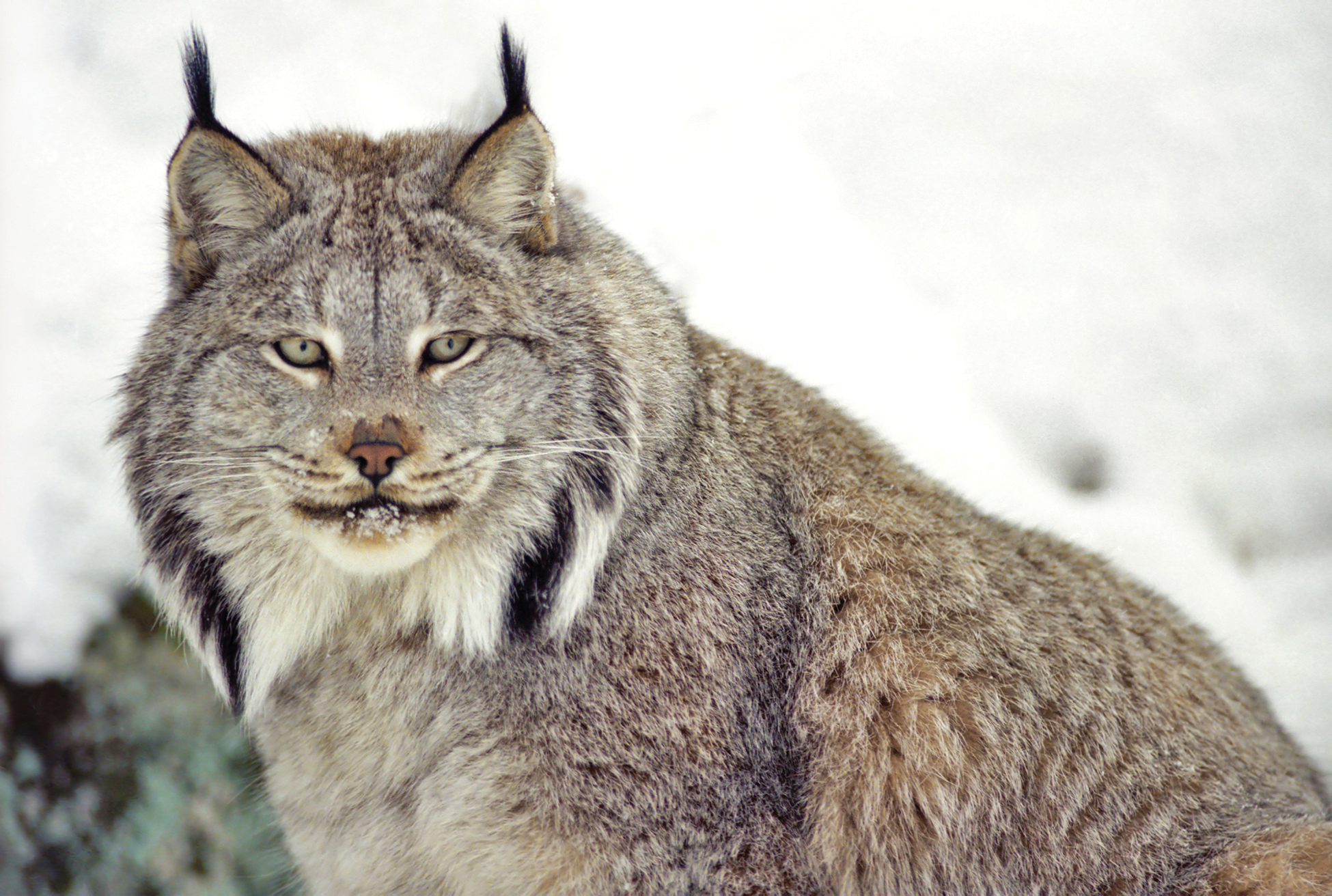
In the 1990s, the latest science showed the Canada lynx population was dwindling in the lower 48 states. Still, a move to place the wildcat with dense fur, tufted triangular ears and snowshoe-like paws onto the endangered species list was challenged by the U.S. Fish and Wildlife Service because the lynx remained plentiful in Canada and Alaska.
The conservation group sued the interior department.
The case reached the D.C. Circuit, and that court’s ruling stated that the Fish and Wildlife Service’s “decision not to list the Canada lynx and grant it the protections of the ESA is arbitrary and capricious, applied an incorrect legal standard, relied on glaringly faulty factual premises and ignored the views of its own experts.”
“Judge [Gladys] Kessler said you have to rely on the best available science, even if it’s not definitive but at least supports a threatened decision,” says Glitzenstein, who served as counsel to the plaintiffs. The decision helped the Canada lynx join the endangered species list, he adds.
The Klamath Project, a large Bureau of Reclamation project in Northern California and southern Oregon that involves a 220,000-acre network of canals, pumps, dams and drainages and distributes water for agriculture, was home to two endangered fish species: the lost river sucker, a large fish weighing up to 10 pounds; and the shortnose sucker, typically weighing about 3.5 pounds.
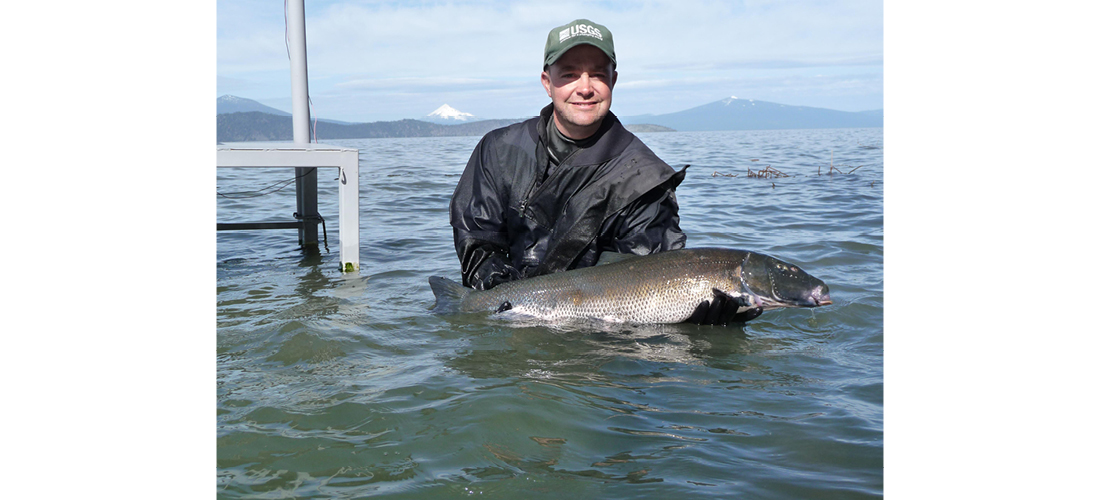
When the Fish and Wildlife Service chose to maintain minimum water levels in parts of the reservoir to support the fish, farmers and ranchers filed suit against Michael Spear, Fish and Wildlife’s regional director, claiming “a competing interest in the water.” After the U.S. District Court for the District of Oregon dismissed the complaint for lack of standing and the 9th Circuit affirmed, the case landed at the Supreme Court.
In a unanimous decision, the Supreme Court ruled the petitioners had standing since the act allows “any person” to sue the government over alleged violations.
“This was massive,” Winders says. “It opened up an entire industry of litigation. Every day, there’s some industry that’s not happy with what’s being done under the ESA, and the Department of Justice is constantly defending these cases.”

The American Society for the Prevention of Cruelty to Animals and others, including a former handler for the circus, sued Ringling Bros. and its owner, Feld Entertainment, claiming Asian elephants, an endangered species, were mistreated in violation of the act. The U.S. District Court for the District of Columbia had dismissed the complaint, stating the plaintiffs lacked standing under Article III of the Constitution.
In the appeal, the former handler claimed he had a strong emotional attachment to the elephants, which were often kept in chains, beaten by other employees with sharp hooks and suffered other abuses. Despite the bond, he left his job and could not work with elephants or even visit the circus animals to avoid “aesthetic and emotional injury.”
The D.C. Circuit decided the former barn man offered enough evidence to show some present or imminent injury and had standing.
“So that was really significant that the court said, yes, an emotional attachment to an animal can be the basis of standing for constitutional purposes,” Winders says.
The case was remanded. In 2009, the U.S. District Court for the District of Columbia found the barn man was not credible and “essentially a paid plaintiff,” and the U.S. Court of Appeals for the District of Columbia Circuit affirmed. Because the $190,000 in payments to the barn man came through a 501(c)(3) organization operated by the plaintiffs’ counsel, it triggered a racketeering claim. After 14 years of litigation, Feld Entertainment recovered a total of $25 million to settle all claims, including more than $9 million from the ASPCA and nearly $16 million from the Humane Society and other groups.
In a subsequent case, Kuehl v. Sellner, the 8th Circuit upheld a lower court ruling that lemurs and tigers at a roadside zoo were “harassed” and “injured” within the meaning of the act’s “take” prohibition. “That was the first time a court of appeal recognized that the act governed the condition of captive animals,” says Winders, who filed an amicus brief for the plaintiffs in Kuehl v. Sellner.
When the Fish and Wildlife Service delisted the endangered West Virginia northern flying squirrel even though several criteria in its recovery plan had not been met, Friends of Blackwater, a nonprofit citizens support group, sued Secretary of the Interior Kenneth Salazar.
The U.S. District Court for the District of Columbia held that the service violated the act by delisting the mammal, a creature with large dark eyes, silky brown fur and a white belly.
However, the D.C. Circuit upheld the decision to delist the small nocturnal mammal, which is about 12 inches long from nose to tail, stating that a “plan is a statement of intention, not a contract,” and that “if the plan is overtaken by events, then there is no need to change the plan; it may simply be irrelevant.”

The Fish and Wildlife Service designated private land in Louisiana as critical habitat for the endangered dusky gopher frog, even though it didn’t live there. Once home to the 3-inch endangered creature covered with warts and dark spots, the land was already degraded but still contained some—but not all—of the features needed for the frog’s survival.
The designation threatened the Weyerhaeuser Co.‘s plans for timber production, so the company sued.
After the designation was upheld by the U.S. District Court for the Eastern District of Louisiana and the New Orleans- based 5th U.S. Circuit Court of Appeals, the case made its way to the Supreme Court.
“So the question becomes, is it habitat if it can be restored? How much restoration is required before it can become habitat again for the species?” says the Climate Law Institute’s Rylander, who wrote an amicus brief for the case.
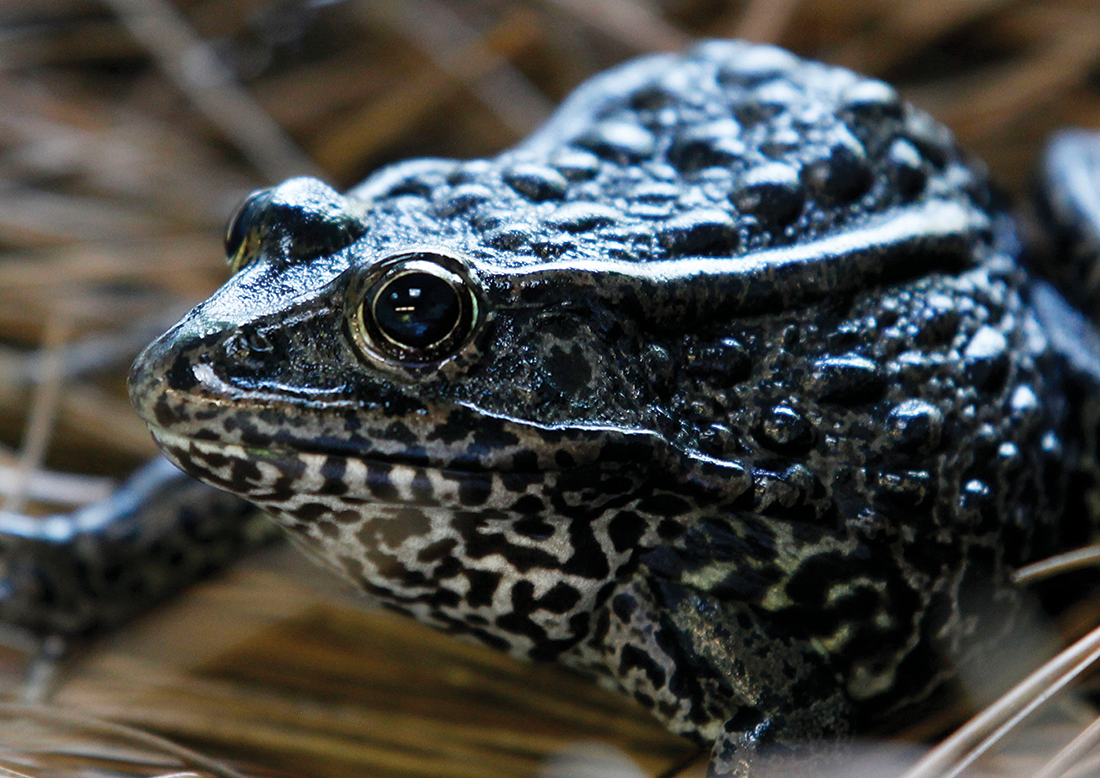
It’s a very important issue, Winders says. “There are a lot of places that species relied on but where they don’t currently live, but they probably did for millennia until we came along and disturbed them,” she adds.
The Supreme Court, however, unanimously vacated the appeals court decision, ruling that habitat must, in fact, be currently used as habitat.
“They took a narrow view of what that means without actually defining it,” which leaves lingering and important questions, Rylander says.
“We don’t really know at this point whether unoccupied areas that contain some but not all the features necessary for the species’ survival can in fact be listed,” he adds. “And we don’t have an answer to the question of what to do about designating critical habitat for climate-affected species in areas outside their current range that we think will be necessary for their conservation.”
Editor's Note: Print and initial web versions of “Creatures Great and Small: 9 court rulings that shaped the Endangered Species Act” did not note that the former barn man granted standing to sue in American Society for Prevention of Cruelty to Animals v. Ringling Bros. and Barnum & Bailey Circus was later found to be “essentially a paid plaintiff.” Feld Entertainment was ultimately paid $25 million by plaintiffs to settle all claims.
The Journal regrets the omission.